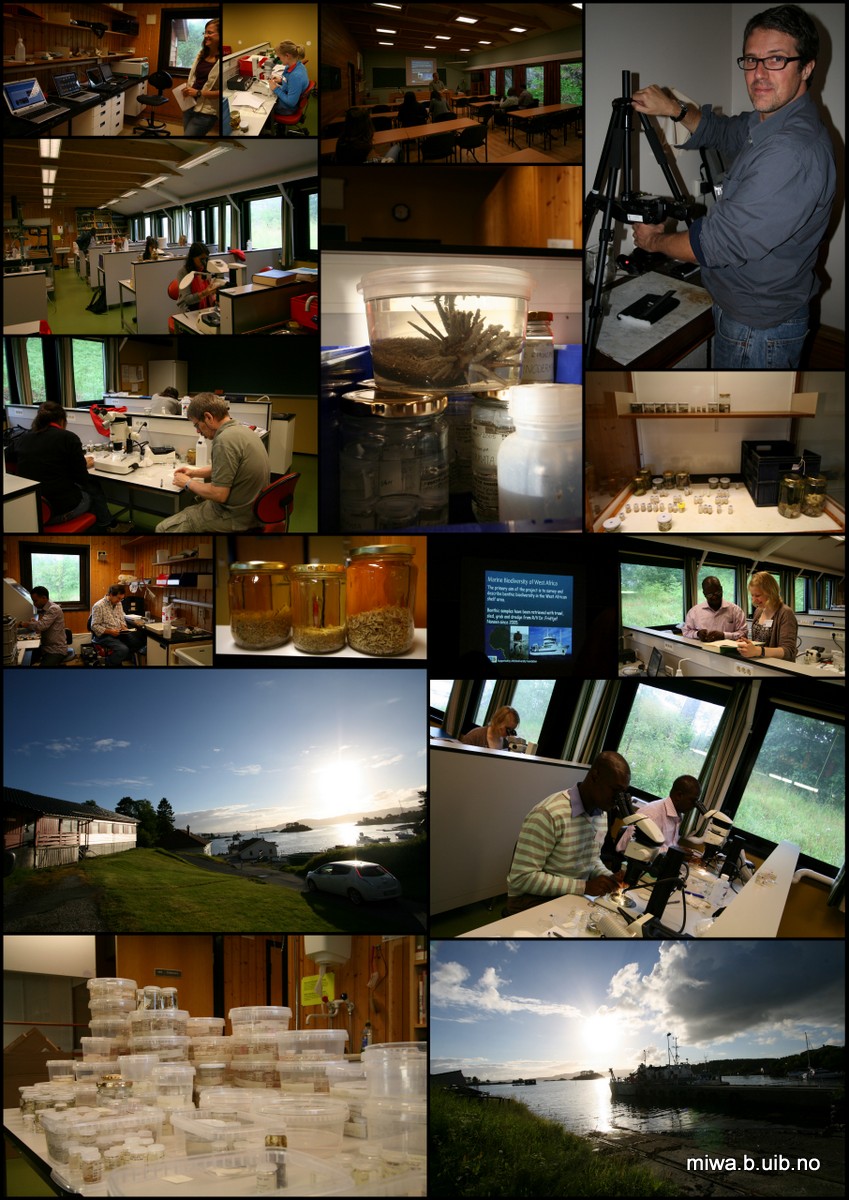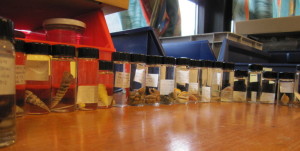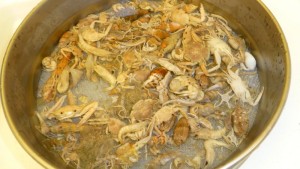Here are some snapshots from the first day our two-week long workshop – despite long travels, people got right into lab-mode, and we’re alredy beginning to find interesting things!
We have 16 participants from no less than nine countries attending, working on the Echinodermata (Echinoidea and Ophiuroidea), Mollusca (mainly Gastropoda), the Polychaeta (various families), and on Crustaceans (mainly the Decapoda).



